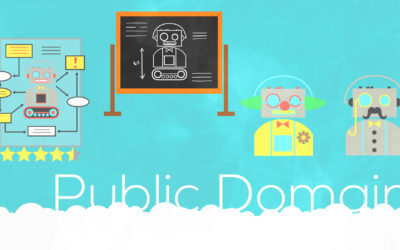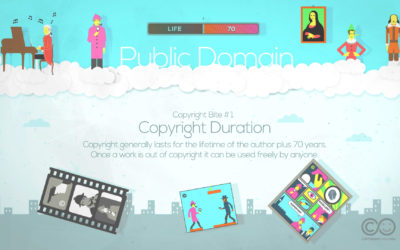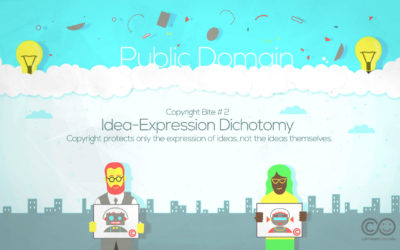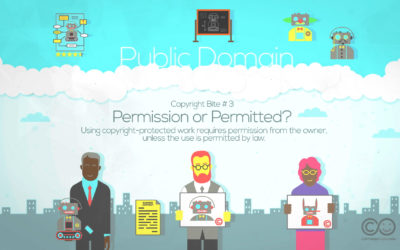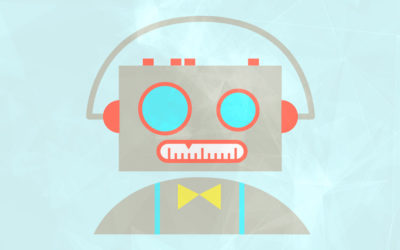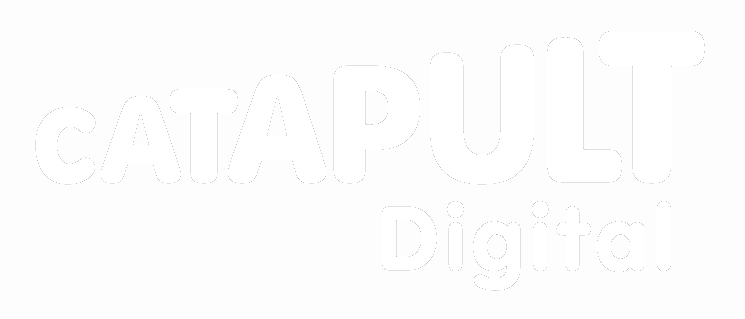Copyright Bite #3.3
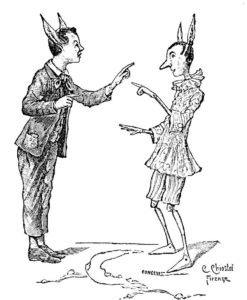 She has a number of ideas for her parody. One idea is to re-present Dick’s robot as a clown, with the stereotypical red nose and squirting flower. After all, the essence of parody is humour, she thinks.
She has a number of ideas for her parody. One idea is to re-present Dick’s robot as a clown, with the stereotypical red nose and squirting flower. After all, the essence of parody is humour, she thinks.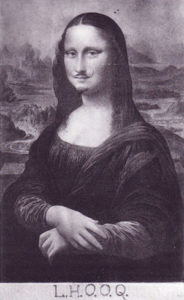 Sally’s idea for a robot-Pinocchio-parody is given express form as she commits it to paper. It is original and protected by copyright. Her other possible parodies exist as ideas only and are not copyright-protected. They remain in the public domain.
Sally’s idea for a robot-Pinocchio-parody is given express form as she commits it to paper. It is original and protected by copyright. Her other possible parodies exist as ideas only and are not copyright-protected. They remain in the public domain.More from Bite #3
Copyright Bite #3.1
Dick has created an original artistic work protected by copyright. Typically the first author of a work will also be the first owner of the copyright in that work.
Copyright Bite #3.2
When you own the copyright in a work you can assign the rights in that work to someone else, or license others to make use of the work in certain clearly defined ways.
Copyright Bite #3.4
Making use of someone’s work to create a parody of that work, or of another work, is lawful in the UK. You do not need to ask the copyright owner for permission.
More Copyright Bites
Copyright Bite #1
Copyright Bite #1 considers how long copyright lasts and what it means to say that a work is protected by copyright or in the public domain.
Copyright Bite #2
Copyright Bite #2 explores how copyright protects only the expression of ideas and not ideas themselves.
Copyright Bite #3
Copyright Bite #3 considers how you can lawfully make use of, or borrow from, works that are still in copyright, but without having to ask for permission or make payment to the copyright owner.
Copyright Bites Credits
Copyright Bites: Credits and Acknowledgements



